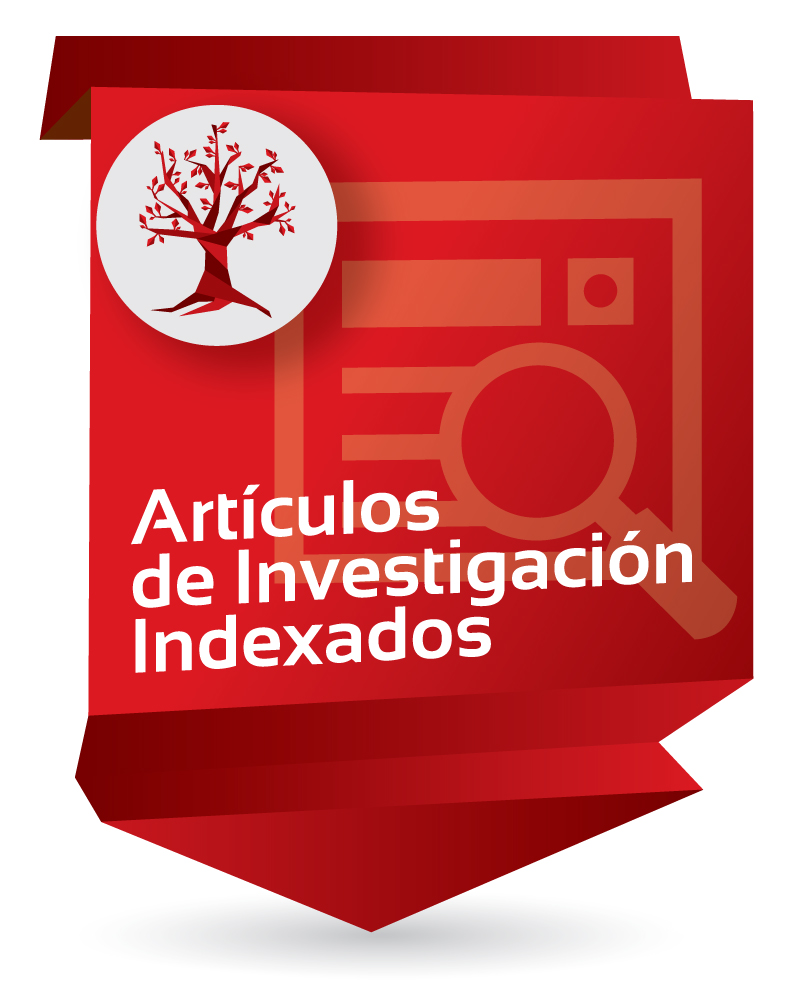Methodology for Anti-Gene Anti-IGF-I Therapy of Malignant Tumours

Enlaces del Item
URI: http://hdl.handle.net/10818/37537Visitar enlace: https://www.hindawi.com/journa ...
Visitar enlace: http://downloads.hindawi.com/a ...
DOI: 10.1155/2012/721873
Compartir
Estadísticas
Ver as estatísticas de usoCatalogación bibliográfica
Apresentar o registro completoAutor
Trojan, Jerzy; Pan, Yuexin X.; Wei, Ming X.; Ly, Adama; Shevelev, Alexander; Bierwagen, Maciej; Ardourel, Marie Yvonne; Trojan, Ladislas A.; Alvarez, Alvaro; Andres, Christian; Noguera, Maria C.; Briceño Balcázar, Ignacio; Aristizabal, Beatriz H.; Kasprzak, Heliodor; Duc, Huynh T.; Anthony, Donald D.Data
2012Resumo
The aim of this study was to establish the criteria for methodology of cellular “anti-IGF-I” therapy of malignant tumours
and particularly for glioblastoma multiforme. The treatment of primary glioblastoma patients using surgery, radiotherapy, and
chemotherapy was followed by subcutaneous injection of autologous cancer cells transfected by IGF-I antisense/triple helix
expression vectors. The prepared cell “vaccines” should it be in the case of glioblastomas or other tumours, have shown a change of
phenotype, the absence of IGF-I protein, and expression of MHC-I and B7. The peripheral blood lymphocytes, PBL cells, removed
after each of two successive vaccinations, have demonstrated for all the types of tumour tested an increasing level of CD8+ and
CD8+28+ molecules and a switch from CD8+11b+ to CD8+11. All cancer patients were supervised for up to 19 months, the period
corresponding to minimum survival of glioblastoma patients. The obtained results have permitted to specify the common criteria
for “anti-IGF-I” strategy: characteristics sine qua non of injected “vaccines” (cloned cells IGF-I(−) and MHC-I(+)) and of PBL
cells (CD8+ increased level)
Ubicación
Chemotherapy Research and Practice
Volume 2012, Article ID 721873
Colecciones a las que pertenece
- Facultad de Medicina [1331]

















